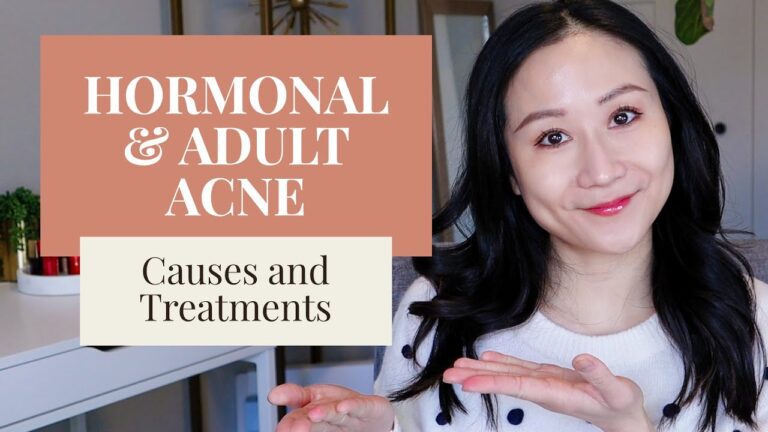Beginner’s guide on how to start using retinol for healthy skin
Retinol for Beginners: A Guide to Starting Your Anti-Aging Journey
Retinol, a derivative of vitamin A, has emerged as a holy grail ingredient in the world of skincare. From reducing fine lines and wrinkles to minimizing acne and dark spots, retinol can bring about a myriad of benefits. But with so many options on the market, where does one begin? In this guide, we will explore how to start using retinol for those who are new to the ingredient.
What is Retinol?
Retinol is a powerful anti-aging ingredient that works by stimulating collagen production and increasing cell turnover, resulting in smoother and younger-looking skin. It can also reduce the appearance of fine lines and wrinkles, even out skin texture and tone, and unclog pores to prevent acne breakouts.
Precautions Before Starting
Before embarking on your retinol journey, it’s important to take certain precautions to ensure the ingredient works well with your skin. Firstly, check with your dermatologist if you have any skin conditions or allergies. Retinol can often cause dryness, redness, and peeling in the first few weeks of use. Therefore, it’s vital to start slow and not overdo it initially. Also, it’s essential to use sunscreen with SPF 30 or higher as retinol can make your skin more sensitive to the sun.
How to Begin?
When starting with retinol, it’s crucial to start slow and use products with a lower concentration of retinol. A pea-sized amount applied to clean skin at night two to three times a week is an excellent place to begin. We recommend starting with The Ordinary’s Retinol 0.5% in Squalane or Paula’s Choice Clinical 0.3% Retinol + 2% Bakuchiol Treatment. These products have lower concentrations of retinol and hydrating ingredients that can limit any irritation. While using retinol, stick to gentle and hydrating products such as a gentle cleanser, hydrating moisturizer, and a facial oil to help combat dryness.
How to Build Up?
After a few weeks of using a lower concentration of retinol, you can gradually build up to a higher percentage. However, it’s vital to note that even those with resilient skin can experience peeling and redness when opting for higher concentrations of retinol too fast. If you have sensitive skin, we recommend sticking to a lower concentration and applying it less frequently.
Retinol and Other Anti-Aging Ingredients
Retinol can be combined with other anti-aging ingredients such as Vitamin C, hyaluronic acid, and peptides to boost their benefits. Vitamin C can brighten and even out your skin tone, and hyaluronic acid is excellent for hydration. Peptides, when combined with retinol, can amplify collagen production, resulting in reduced fine lines and wrinkles.
Conclusion
Retinol can be a game-changer in your skincare routine, but it’s crucial to start slow and be patient. It’s essential to take precautions before using and start with a lower concentration before building up slowly. Combining retinol with other anti-aging ingredients can also provide a potent combo to reduce signs of aging. Remember, consistency is key, and over time, retinol can bring about visible improvements to your skin, making it well worth the effort.
Most searched products:
The Ultimate Guide to Azealic Acid: Benefits, Uses, and Side Effects
Argireline vs Retinol: Which should come first in your skincare routine?
How to Find Your Perfect Shade: The Ordinary Foundation Color Match Guide
How Long Should You Leave on The Ordinary AHA BHA? The Ultimate Guide
Get brighter and smoother underarms with the original underarm brightening cream
The Ultimate Guide to The Ordinary Hyaluronic Acid 2% + B5 30ml
The Ultimate Lab Series Multi-Action Face Wash Review: Is It Worth It?
Reveal Youthful Radiance: The Optimal Order of Retinol, Niacinamide, and Hyaluronic Acid
Unlock the Benefits of Salicylic Acid for Hair Growth and Dandruff Prevention
The Ultimate Guide to Myristoyl Pentapeptide-17 – Benefits, Function, and Uses












